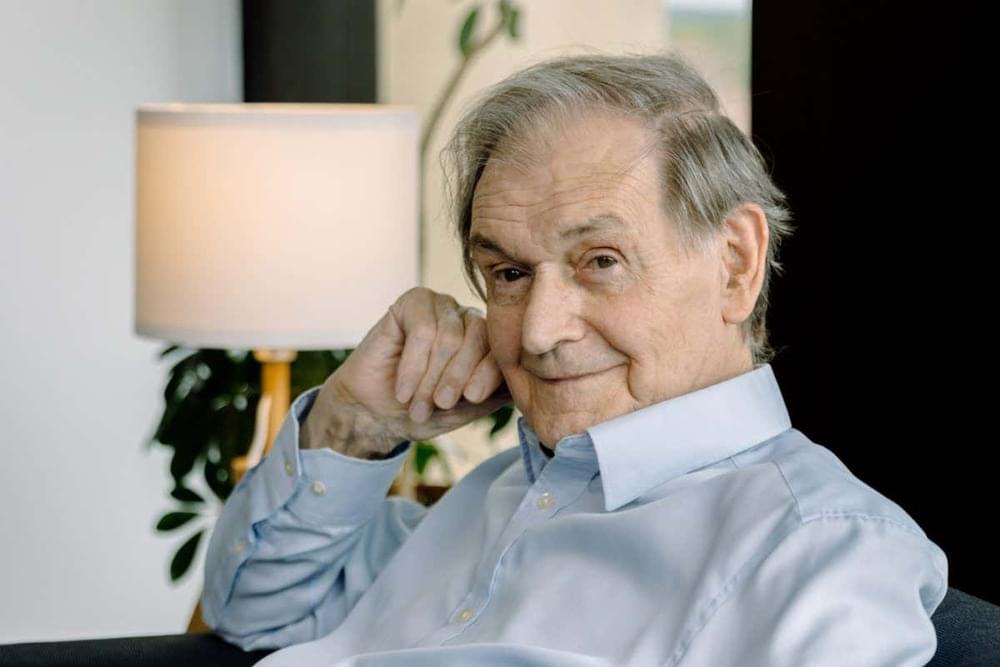Circa 2021 face_with_colon_three
We are finally testing the ideas that quantum collapse in the brain gives rise to consciousness and that consciousness creates the reality we see from the quantum world.
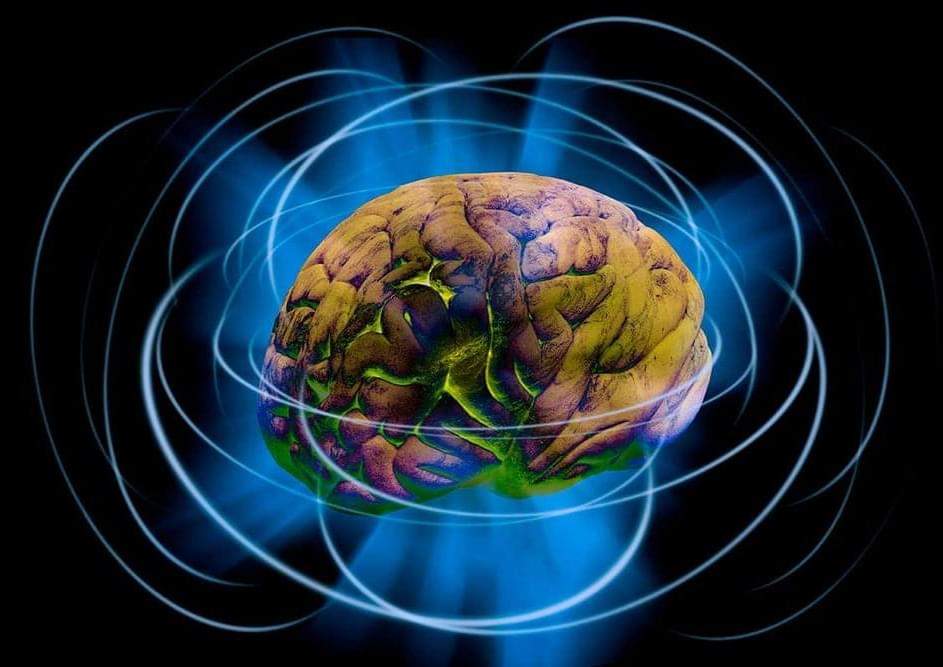
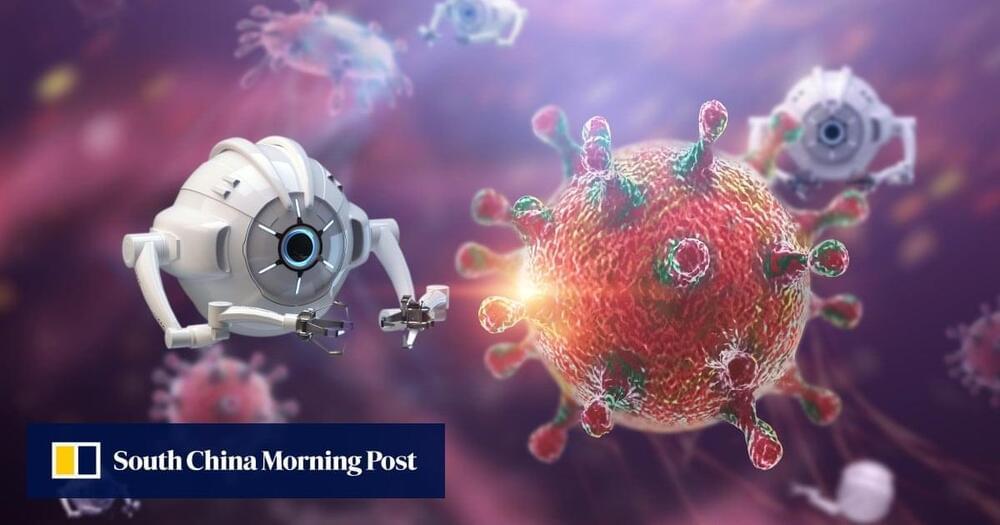
A trip deep into the far future, to the End of Earth.
Visit our sponsor, Brilliant: https://brilliant.org/IsaacArthur/
For most of human history, the end of Earth, the Universe, and Time itself were all identical, now we know the world will end in 4 billion years, long before the Universe begins to wind down. Today we will ask how we can extend that, and keep Earth around for far longer.
Visit our Website: http://www.isaacarthur.net.
Join the Facebook Group: https://www.facebook.com/groups/1583992725237264/
Support the Channel on Patreon: https://www.patreon.com/IsaacArthur.
To help us grow your SFIA community, follow https://twitter.com/Isaac_A_Arthur on Twitter and RT our future content.
Visit the sub-reddit: https://www.reddit.com/r/IsaacArthur/
Listen or Download the audio of this episode from Soundcloud: https://soundcloud.com/isaac-arthur-148927746/dying-earth.
Cover Art by Jakub Grygier: https://www.artstation.com/artist/jakub_grygier.
Script Editing.
Edward Nardella.
Keith Blockus.
Mark Warburton.
Matthew Acker.
MolbOrg.
N Kern.
Sigmund Kopperud (Wicked Woxel)
Graphics Team:
Edward Nardella.
Jeremy Jozwik.
Jarred Eagley.
Justin Dixon.
Jeremy Jozwik.
Katie Byrne.
Kris Holland of Mafic Stufios: www.maficstudios.com.
Luuk Warringa.
Mihail Yordanov.
Murat Mamkegh.
Nick Talmers Nieuwoudt.
Pierre Demet.
Sergio Botero: https://www.artstation.com/sboterod?fref=gc.
Stefan Blandin.
Music Supervisor.
Luca De Rosa.
Music:
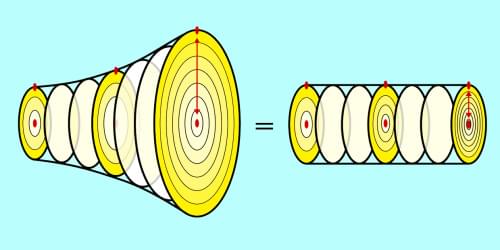
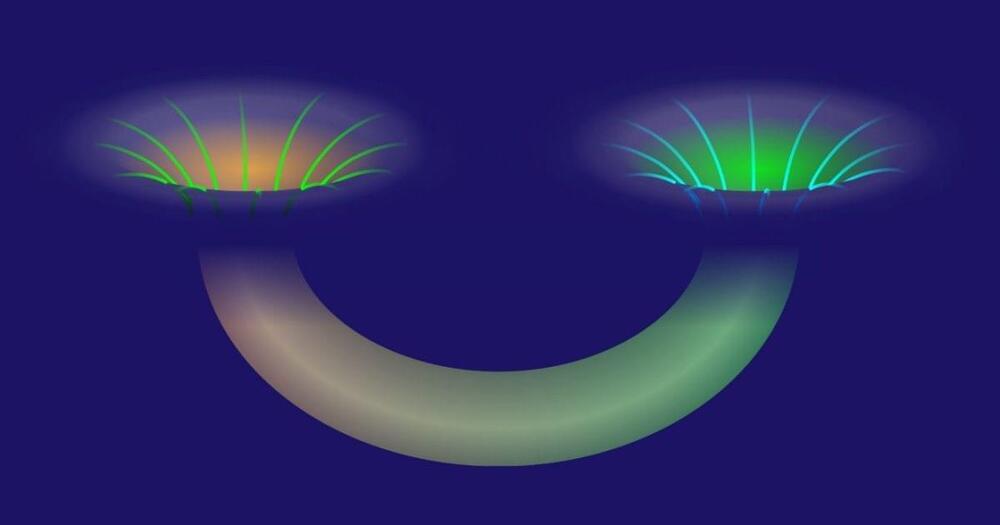
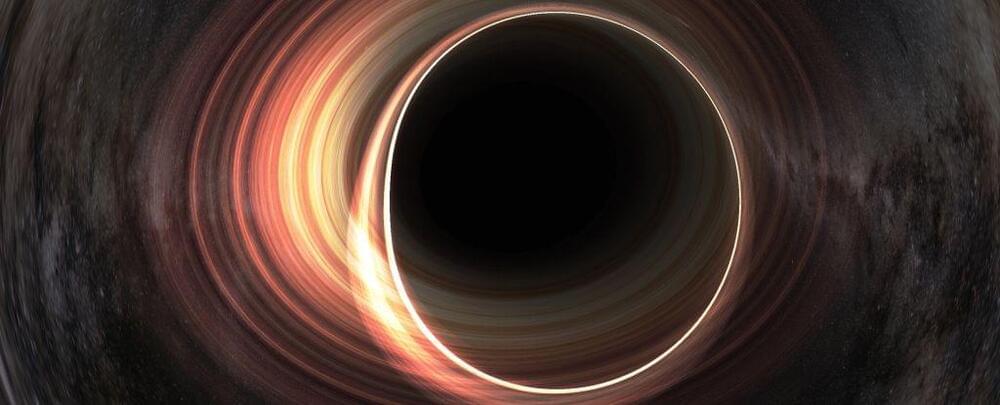
A new kind of black hole analog could tell us a thing or two about an elusive radiation theoretically emitted by the real thing.
Using a chain of atoms in single-file to simulate the event horizon of a black hole, a team of physicists has observed the equivalent of what we call Hawking radiation – particles born from disturbances in the quantum fluctuations caused by the black hole’s break in spacetime.
This, they say, could help resolve the tension between two currently irreconcilable frameworks for describing the Universe: the general theory of relativity, which describes the behavior of gravity as a continuous field known as spacetime; and quantum mechanics, which describes the behavior of discrete particles using the mathematics of probability.
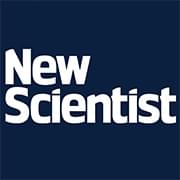
Circa 2011 face_with_colon_three
By Amanda Gefter.
Frank Close tells the human story of how we solved The Infinity Puzzle – once the bane of physics
INFINITY. In mathematics, it’s a curiosity. In physics, it’s a disease. It reared its head back in the 1940s, with quantum electrodynamics (QED), the theory of electromagnetism.
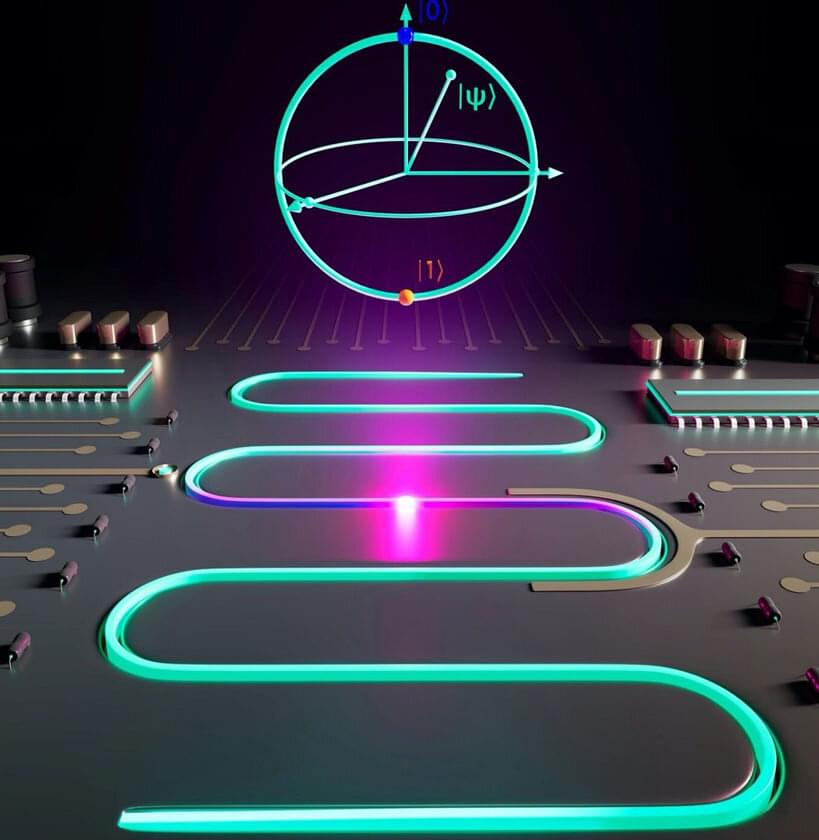
A group of scientists from Aalto University, IQM Quantum Computers, and VTT Technical Research Center have discovered a new superconducting qubit, the unimon, to increase the accuracy of quantum computations. The team has achieved the first quantum logic gates with unimons at 99.9% fidelity—a major milestone on the quest to build commercially useful quantum computers. This research was just published in the journal Nature Communications.
Of all the different approaches to build useful quantum computers, superconducting qubits are in the lead. However, the qubit designs and techniques currently used do not yet provide high enough performance for practical applications. In this noisy intermediate-scale quantum (NISQ) era, the complexity of the implementable quantum computations is mostly limited by errors in single-and two-qubit quantum gates. The quantum computations need to become more accurate to be useful.
“Our aim is to build quantum computers which deliver an advantage in solving real-world problems. Our announcement today is an important milestone for IQM, and a significant achievement to build better superconducting quantum computers,” said Professor Mikko Möttönen, joint Professor of Quantum Technology at Aalto University and VTT, and also a Co-Founder and Chief Scientist at IQM Quantum Computers, who was leading the research.
